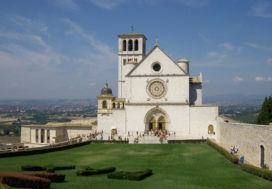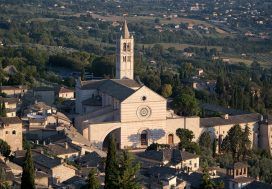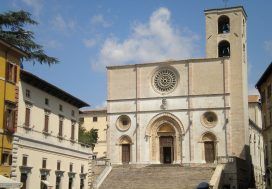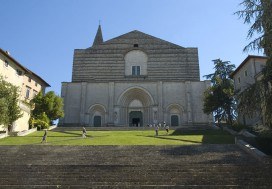During your stay at Terni, in Umbria, you can discover the artistic and cultural heritage of the villages of Umbria.
NARNI
In the beautiful town of Narni there’s the Albornoz Fortress, this fortress, dating back to 1367, has the name of the cardinal who ordered the building to control the Conca Ternana and Via Flaminia. Today it is still impressive with its four towers, and in its rooms there are interesting historical finds and antique furnishings. You should visit the Weapon Hall, the Hall of Hearings and the Hall of Honors, you will be fascinated.
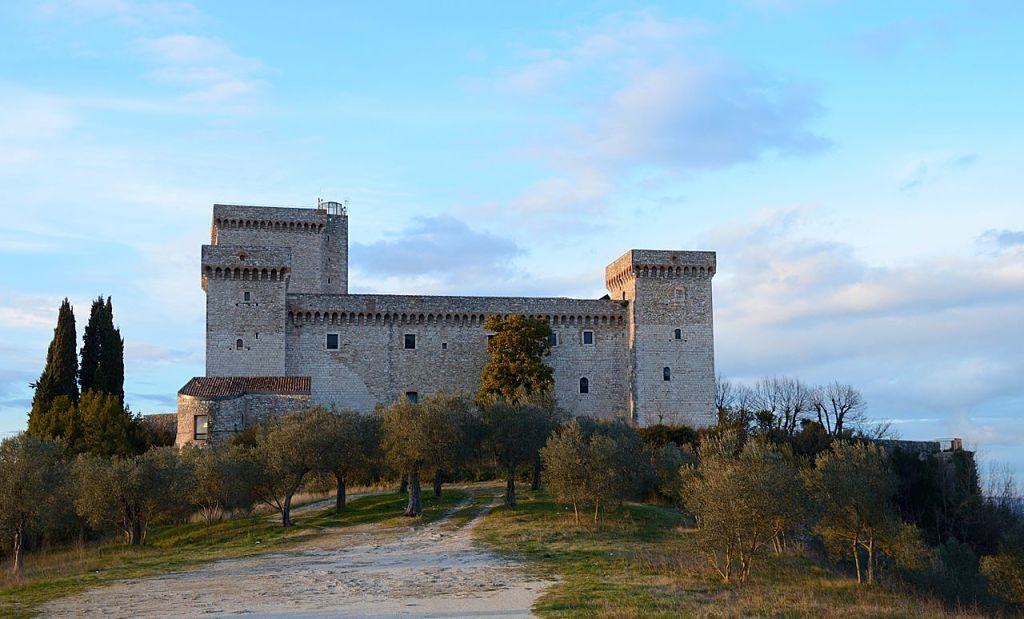
Albornoz Fortress, Narni
The Cathedral of San Giovenale, built in the 12th century, is named after the first bishop of Narni, cleverly portrayed in a precious table made by Lorenzo Vecchietta. In one of the four aisles of the Cathedral, the San Giovenale’s Sanctuary houses a small door behind the altar from which can be accessed to reach the tomb of the saint.
AMELIA
In the village of Amelia we can walk through the beautiful Piazza Marconi and admire the surrounding buildings. Among them, Palazzo Petrignani is a splendid example of Renaissance style with frescoed rooms.
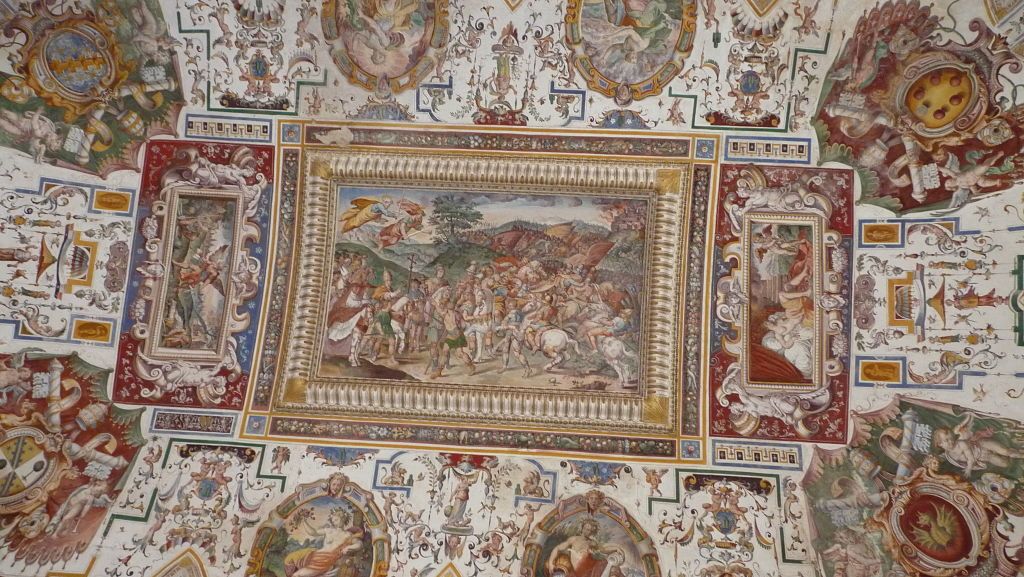
Palazzo Petrignani, Amelia
The Church of Saint Augustine, in Romanesque-Gothic style, houses beautiful neoclassical frescoes, among the most important frescoes there’s the Martyrdom of Saint Pancrazio.
In Amelia we can find an interesting archaeological area that includes a pre-Roman necropolis and a village dating back to the 11th century BC. The Archaeological Museum is housed in the rooms of Palazzo Boccani with various collections of archaeological finds until Roman times.
FERENTILLO
In the village of Ferentillo there’s an enchanting Museum of Mummies. It was created in the XIX century and exposes the mummies of some locals. The mummies were found in the crypt of the church where the bodies were buried, but they were perfectly preserved and with intact clothes after decades.
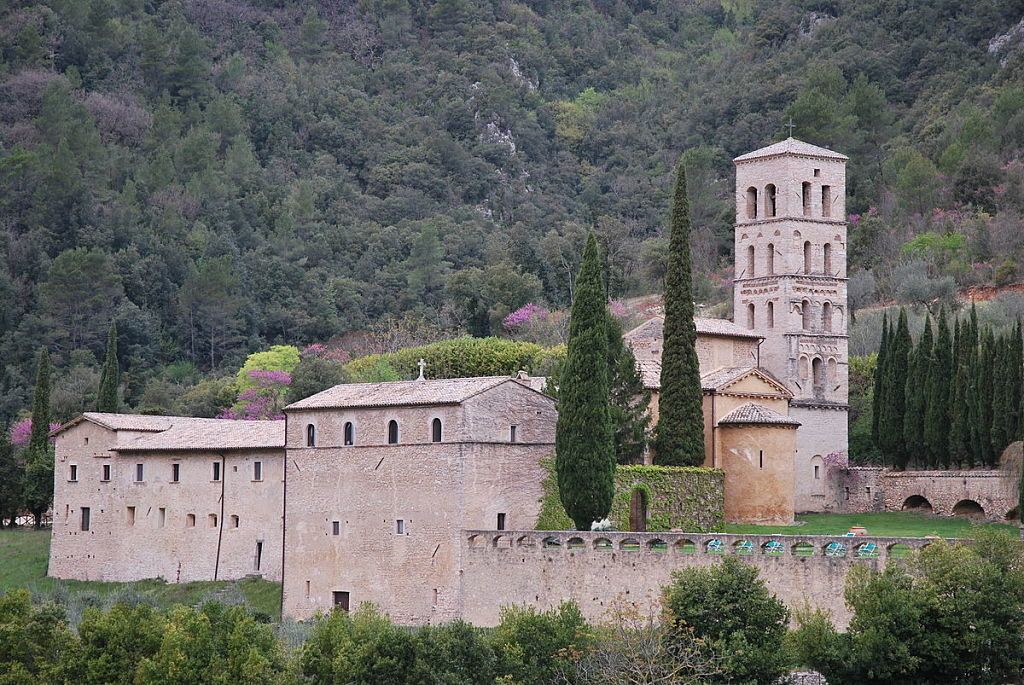
Abbey of San Pietro in Valle, Ferentillo
Near the village of Ferentillo there’s the Abbey of San Pietro in Valle. Its walls are decorated with beautiful medieval and Renaissance frescoes. In the church adjacent to the abbey there are four sarcophagi dating back to the 2nd century: the Sarcophagus with three boats, the Sarcophagus of Faroaldo, the Sarcophagus of Love and Psyche, the Sarcophagus of the hunters.
ACQUASPARTA
The village of Acquasparta, included in the list of the most beautiful villages in Italy, offers several points of interest. Palazzo Cesi, built in 1561, was a noble residence and has a beautiful loggia. The rooms are finely decorated by the artists of that time.
Amerino’s thermal baths are situated in San Nicolò di Acquasparta. Since the beginning of the twentieth century it’s possible to enjoy the benefits of thermal waters for health reasons or simply to relax. The legend tells that the waters flowed for the first time after the blessing of St. Francis.
SPOLETO
In Spoleto, in the district of Perugia, we can visit the Roman Theater dating back to the 1st century AD. It is still used today for concerts and theatrical performances, it has a diameter of 70 meters and the space reserved for the orchestra has a part of the original marble floor.
The Cathedral of Santa Maria Assunta is the Cathedral of Spoleto, built in 1067. Inside, we can admire beautiful frescoes including those made by Pinturicchio.



